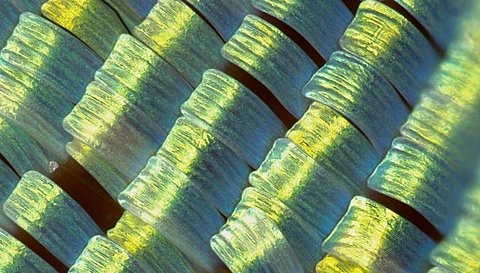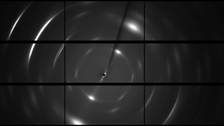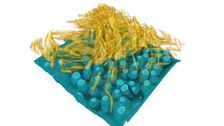Research
Chitin-based biological materials and biomineralization
We study the relationships between structure-properties-function in a variety of biological materials mainly chitin-based cuticular materials from arthropods, but also mineralized structures such as the sea urchin test and spines. We want to understand how they are built and how they form.
The exoskeleton of arthropod, the cuticle, is intrinsically multifunctional as it has to serve both as a skin and a skeleton and as it carries a diverse set of tools and a myriad of sensors. We are fascinated by this inherent multifunctionality that is enabled by an incredible versatility in materials architecture and properties. This material versatility is indeed thought central to the evolution of the more than million species that render Arthropoda the largest, most diverse, animal group. It is also what makes the arthropod’s cuticle an especially attractive archetype for bio-inspired multifunctional materials design.
After years of research in biomimicry it is clear that solutions from nature cannot simply be copied into engineering. Instead, an in-depth understanding of the “design” principles as used by biology within the context of their evolutionary history and the complementary mechanistic understanding on how these structures are synthesized and organized hold promise for bio-inspired design.
Fiber alignment during cuticle deposition
It has long been hypothesized that the helicoidal arrangement of chitin fibers in the arthropod cuticle results from the solidification of a cholesteric liquid crystalline phase. We have recently shown that this organization is the result of chitin-protein co-assembly and that the epidermal cells are cable of overriding this tendency and guide the alignment of parallel fibers similar to an aligned nematic phase. We are interested in the physical chemistry and the biology of this process and approach these aspect using 3 and 4D imaging and complementary using in-vitro assays.
Mechano-sensing in spiders and insects
Spider and insects cuticle is covered by numerous cuticular-sensors that react with remarkable sensitivity and specificity to a wide range of mechanical stimuli (medium flow, substrate vibration and cuticule strain). transmission of signals and filtering of background noise occurs largely at the material/organ level rather than by complex perception processes at the central nervous system which makes these structures especially appealing as models for the bio-inspired design of mechanoresponsive and adaptive nanostructured materials.
Methodology
We use a variety of methods and analytical techniques; a large part of our work is on synchrotron based research. We strive to achieve control over environmental conditions such as relative humidity and temperature, and as much as possible perform our experiments in-situ. We use small and wide angle x-ray scattering, as well as x-ray absorption spectroscopy, FTIR, Raman and EELS spectroscopy. We make use of electron microscopy such as traditional TEM and SEM, and we are especially excited about developing a work flow for volume imaging and correlative microscopy in both room temperature as well as cryogenic conditions for our crossbeam FIB/SEM system. For mechanical characterization we use nanoindentaion and tensile analysis under controlled environmental conditions.


















